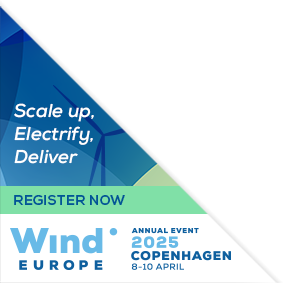Posters
Siblings:
ProceedingsProgrammeSpeakersPostersContent PartnersPowering the FutureMarkets TheatreResearch & Innovation in actionStudent programmePresenters dashboardCome meet the poster presenters to ask them questions and discuss their work
We would like to invite you to come and see the posters at our upcoming conference. The posters will showcase a diverse range of research topics, and will give delegates an opportunity to engage with the authors and learn more about their work. Whether you are a seasoned researcher or simply curious about the latest developments in your field, we believe that the posters will offer something of interest to everyone. So please join us at the conference and take advantage of this opportunity to learn and engage with your peers in the academic community. We look forward to seeing you there!

PO108: Simplified modelling of semi-submersible floating offshore wind turbines for time-domain dynamic analyses
Neil Mertens, Graduate Student, Allseas
Abstract
The objective of this research is to identify which modelling parameters are of importance for an accurate evaluation of a floating wind turbine's dynamic behaviour in the basic design stage, with the ultimate goal of creating a simplified model that accurately reflects the turbine's dynamics, while reducing computational expenses. A 3D diffraction and radiation software is used to conduct frequency analyses during conceptual design and results are utilised as inputs for the basic design stage, where a time domain finite element dynamic analysis is performed. An existing model is employed as the reference, and different environmental load cases are utilised to form the design space in which modifications are tested. The semi-submersible floater concept is utilised for this study, as it offers benefits such as a low life cycle cost, a simple and cost-efficient float-out process, and a suitability for a wide range of water depths. Nacelle acceleration, platform pitch and tower base bending moment prove useful to determine the accuracy of the dynamic analysis, for which the 'OrcaFlex' software is chosen, while simulation duration is used as a metric for computational cost. A sensitivity analysis reveals that small variations in modelling parameters can result in significant changes in dynamic outputs. Additionally, the intricate interrelationship among diverse domains, encompassing aerodynamics, structural dynamics, and hydrodynamics, is emphasised. The simplified turbine model created in this study provides a good overview over the system dynamics while reducing computational costs significantly. It is well-suited for the comparison of different floater layouts, allowing for rapid, reasonably accurate results.










